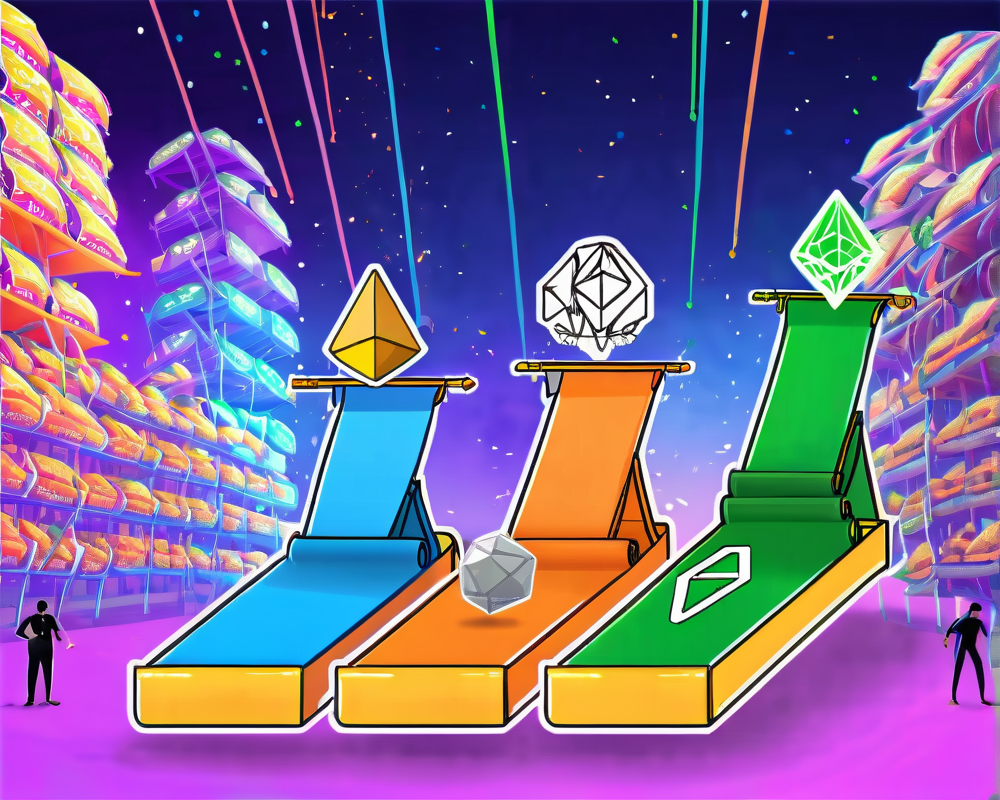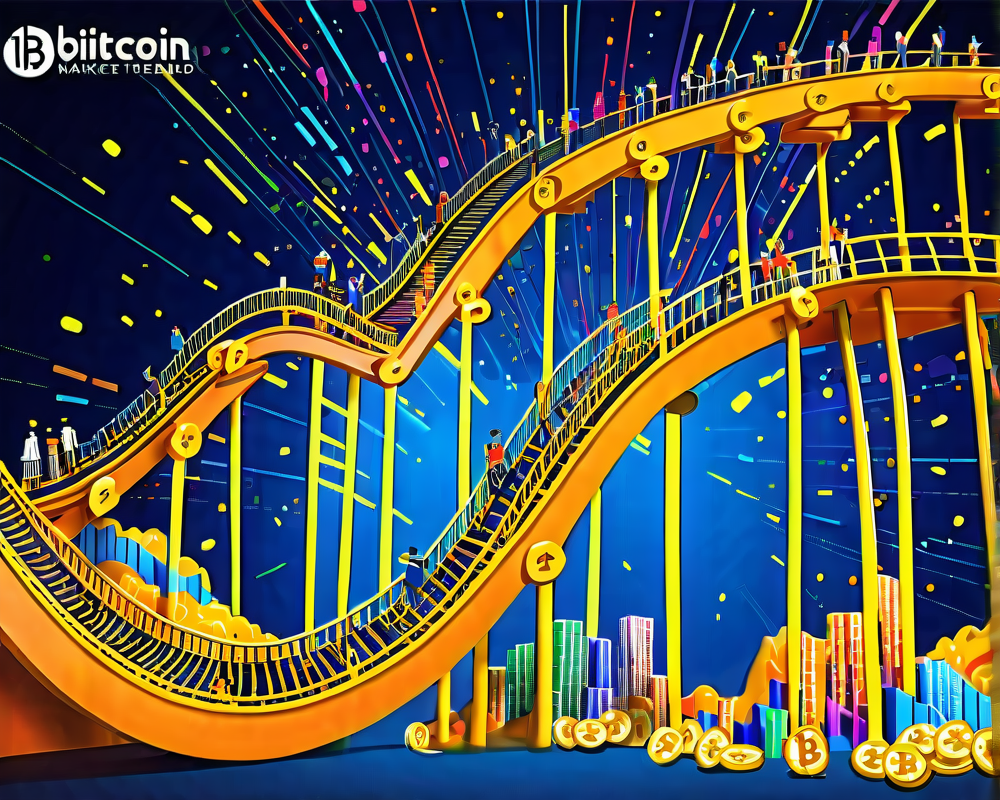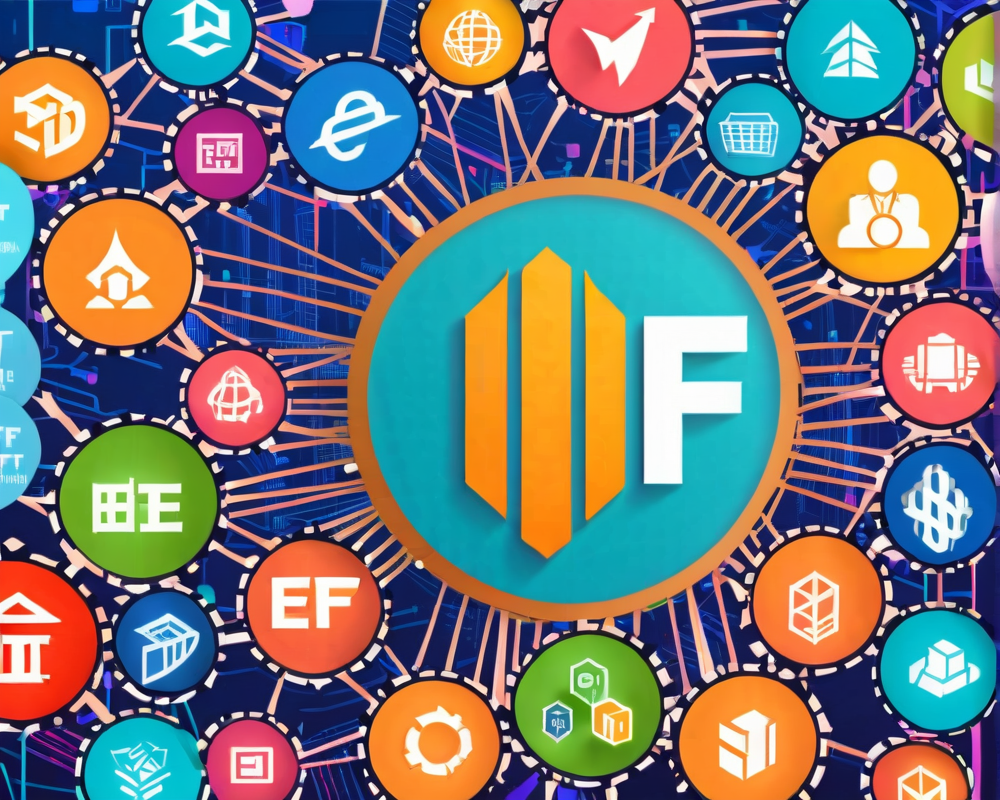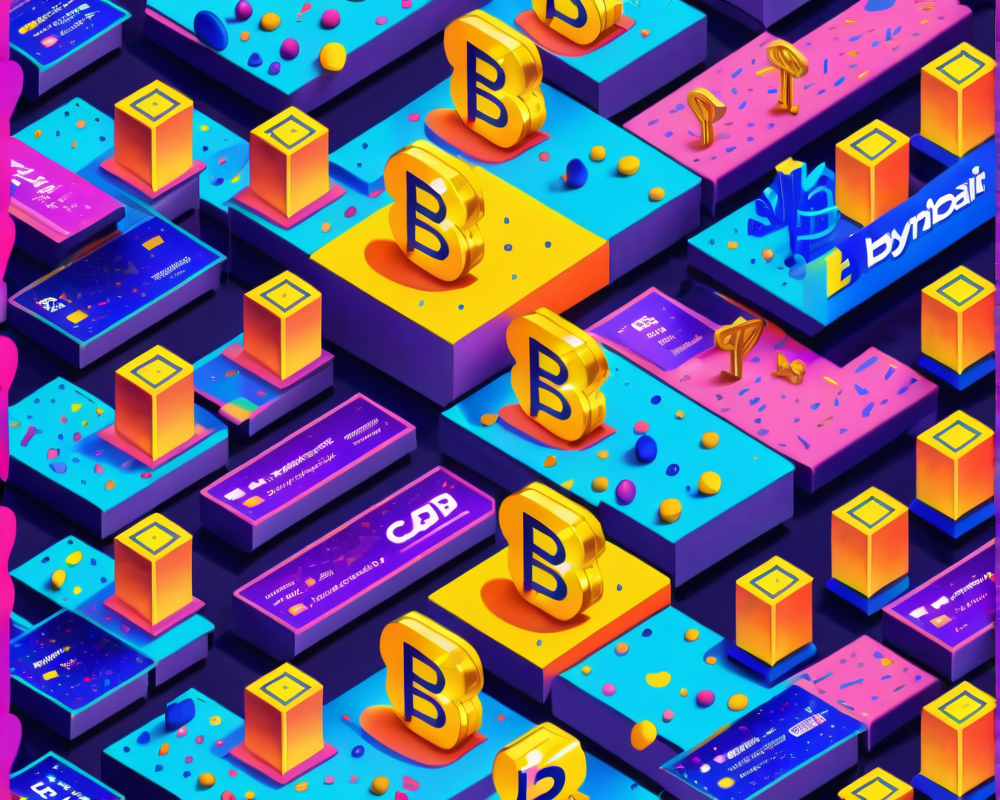Introduction: The Dilemma of Ethereum’s Throughput
Ethereum 2.0 may feel like it’s taking an eternity to roll out, leaving us all glancing at our watches and tapping our feet. Fortunately, the community has shifted its focus to layer-two solutions, which, unlike your cousin who always borrows money and never pays it back, actually deliver on the promise of alleviating the main network’s burden.
The Emergence of Layer-Two Heroes
Among the layer-two champions are the likes of ZkSync by Matter Labs and Plasma from OMG Network. They’ve already set up camp and are proving that token transfers can indeed exist in this bustling decentralized ecosystem. But what we’re all really waiting for is the coveted generalized smart contract support—essentially the golden ticket for DApps and DeFi applications looking to escape the clutches of bloated transaction fees.
Setting the Stage: Smart Contract Solutions
Enter the realm of Optimistic Rollups, which have sparked a considerable buzz since 2019. They promise a more versatile virtual machine for developers, giving them the room to stretch and innovate like a cat in a sunbeam. But skepticism still lingers as traditional solutions like Plasma and ZK Rollups face challenges when it comes to supporting that kind of versatility.
A Breakthrough Moment
In a cheerful chat with Cointelegraph, Alex Gluchowski from Matter Labs shed light on some groundbreaking progress achieved earlier this year. Turns out, creating recursive zero-knowledge proofs—proofs of proofs—is no longer viewed as a computational black hole. The Matter Labs crew showcased a practical example of recursive SNARKs on Ethereum’s Rinkeby testnet, proving that the community might just be underestimating these advancements.
What’s Cooking in ZK Rollups?
Thanks to these breakthroughs, ZK Rollups are now seeing a surge of enthusiasm. As Gluchowski puts it, “There are no more fundamental problems left to solve,” which sounds like music to the ears of developers itching to dive into creating smart contracts. However, there’s a twist. The smart contracts will be written in a fresh language called Zinc, which, while similar to Solidity, comes with restrictions that help mitigate certain common pitfalls—no one likes bugs, especially in the financial realm!
The Showdown: Optimistic vs ZK Rollups
The stage is set for an epic showdown between Optimistic Rollups and their newer cousin, ZK Rollups. Gluchowski, with the frankness of someone who’s had one too many cups of coffee, pointed out the potential pitfalls of Optimistic Rollups, such as the time-consuming exit mechanism. In challenges of composability, he revealed that merely trusting actions to be valid might not hold up.
Waiting Game: The Downside of Optimistic Rollups
You may need to hit the fast-forward button on your plan, as exiting an Optimistic Rollup might require a one-week waiting period to submit fraud proofs—like waiting for that pie to bake. Even if you invite liquidity providers to the party and pay them for instant withdrawals, they’ll still need to match each order, which can turn into a liquidity nightmare.
The Future of DeFi Scaling Solutions
So where does that leave us? As the canvass of DeFi continues to evolve, the urgent call for scaling solutions remains. With ZK Rollups potentially allowing for swift withdrawals (in mere minutes), they might just leap ahead in this thrilling race. Gluchowski believes that while Optimistic Rollups continue to test their waters, ZK Rollups will confidently debut their smart contracts—ushering in a new era of efficiency and launchpad for decentralized applications.




